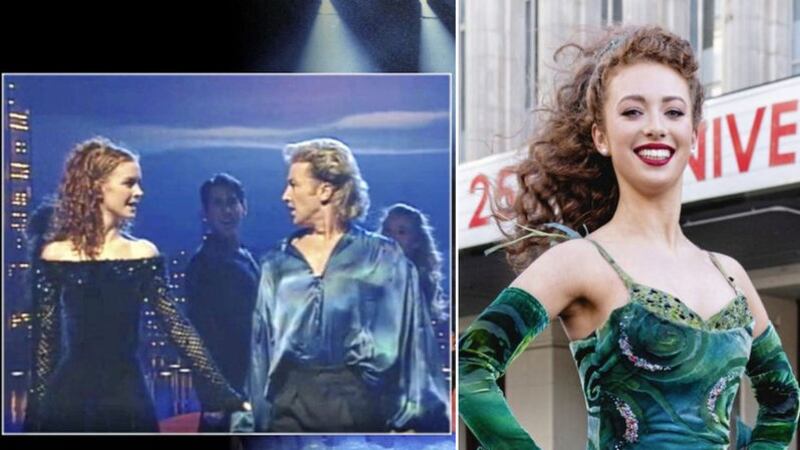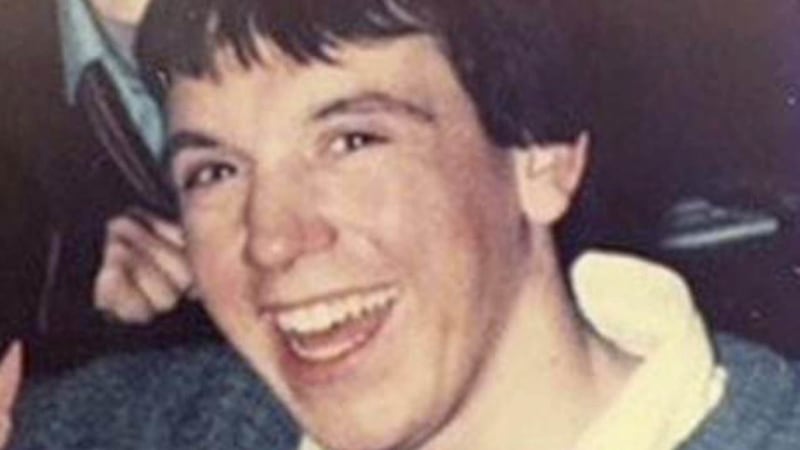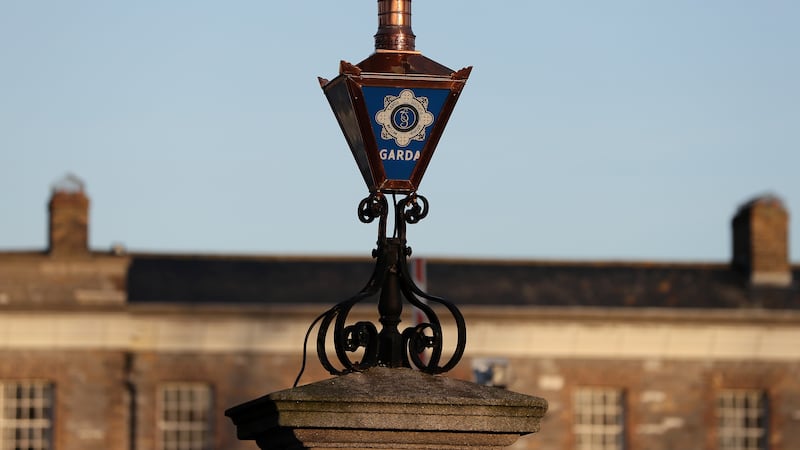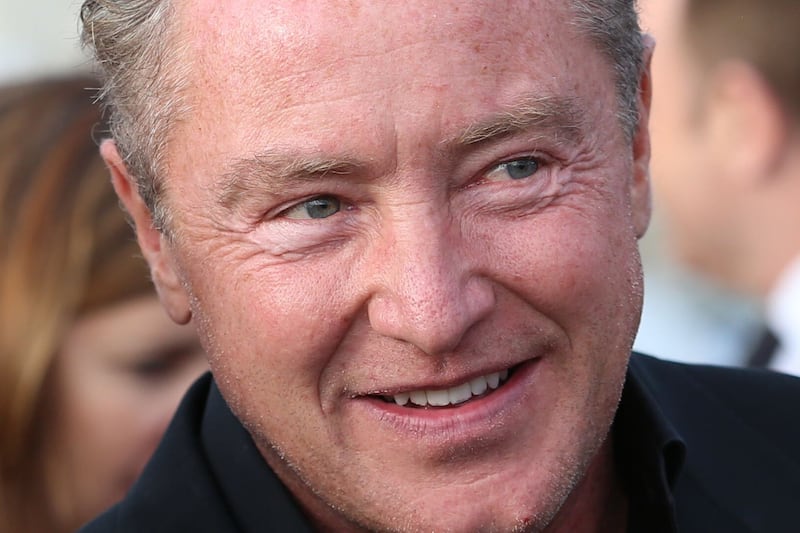EUROVISION in 1994 saw Ireland win the song contest for an unprecedented third year in a row with Paul Harrington and Charlie McGettigan's ballad Rock 'n' Roll Kids.
But on that historic night at The Point theatre in Dublin, it was another act – one not even competing – which stole the show.
Riverdance, a seven-minute interval performance, stunned the arena audience and captivated millions watching across the continent.
Michael Flatley, Jean Butler and a troupe of Irish dancers performed a dynamic routine to a stirring soundtrack that would change the face of Irish dancing.
Read More: Riverdance in numbers a quarter of a century on
Riverdance spent 18 weeks at number one in the Irish singles chart and the act was developed into a full stage show the following year which is still touring the globe.
Bill Whelan, composer of Riverdance, was in the audience at The Point when the now iconic spectacle debuted.
"For me, it was just terrifying, because here it was, it was completely live, there were three or four hundred million people watching it, and it was a large group of dancers and musicians all working live at the time," he said.
"Anything could have gone wrong. All you needed was one person to slip or some lighting thing not to work, or the music to stop.
"So until that last line of dancers came up and we got that last note of the orchestra it was only then that I was able to look around – and the place had gone mad."
Read More: Riverdance composer recalls Eurovision debut: ‘The place went mad’
The 68-year-old Grammy Award winner added: "None of us will ever forget it."
Mr Whelan, from Limerick and now living in Connemara, Co Galway, is currently working on music for an animated feature film based on Riverdance.
The touring show has notched up more than 11,000 performances across 47 countries and six continents.
Celebrating 25 years, Riverdance will be in Dublin from June until September, as well as Killarney in September, and will tour Britain in 2020.
The production's troupe of dancers and musicians now includes many who were not born when Riverdance initially rose to fame.
Amy-Mae Dolan (21), from Aghyaran in Co Tyrone, is one of the show's lead dancers and described it as "the best job in the world".
She said being good enough to be in Riverdance is the at the back of every young Irish dancer's mind, and she recalls watching videos of the show "constantly".
"I think one of the main things is the uniqueness of Riverdance," she said.
"Nothing like it had ever been seen before the Eurovision Song Contest."
She added: "As performers, it just does something to us, it's incredible.
"That music, it sends tingles down your spine, and it does that to the audience too and they love it."
Director John McColgan (73), from Strabane in Co Tyrone, said he was very proud of the show back in 1995 but thought it would last for a couple of years.
He said it sparked an increase in Irish dancing schools around the world, and Irish dancing is no longer a "slightly eccentric folk dance" but is now an accepted art form.
Mr McColgan said the response to the show is the same "from Japan to Mexico to Germany", pointing out that there is no language barrier.
"It's the language of dance, and it's the language of people, artists, performers from different countries who believe in their art, and believe in their craft and they believe in the integrity and sophistication of what they're doing.
"And I think that comes across to the audience," he said.








